Wall-hung toilets offer a sleek, modern look that instantly elevates any bathroom. They save valuable floor space, create a sense of openness, and deliver a clean, minimalist finish that’s both stylish and practical.
But behind that streamlined design is a job that can go wrong if you’re not careful. This isn’t your usual DIY task. One hidden mistake can lead to leaks, loose fittings, or worse, a toilet that shifts when someone sits on it.
Installing a wall-hung WC is about more than just hanging it off the wall. It’s about structure, precision, and knowing what not to do. Here are the pitfalls to avoid.
Weak or Improper Framing
Wall-hung WCs rely on concealed steel frames that carry the full weight of the toilet and the user. These frames must be mounted to solid surfaces like concrete or reinforced stud walls. Skipping this or using weak materials can lead to failure. Never fix the toilet directly to plasterboard or tiles. Always anchor it into studs or brickwork.

Wrong Installation Height
Once the toilet is fixed, adjusting the height is a nightmare. A poorly placed pan ends up too low or awkwardly high. While 430mm from the floor to the seat is the standard, consider who will use it. Taller or older people may need a bit more height. Also, factor in the final floor level before setting the frame.
Poor Water Pressure Planning
Flush systems in wall-hung WCs are designed for specific pressure ranges. Low pressure results in weak flushing. Too much pressure can cause leaks or damage over time. Always test the water pressure beforehand. If needed, install a pressure-reducing valve to avoid future issues.
No Access to the Cistern
A common mistake is sealing the cistern completely behind the wall. If something breaks, you'll have to smash through tiles to get in. The flush plate provides access, so don’t make the opening too tight or narrow. Leave enough room to reach inside and service parts comfortably.
Incorrect Drainage Slope
Wall-hung toilets use horizontal waste lines, which need the right slope to function properly. Without enough fall, you risk blockages and backflow. Aim for a gentle gradient of around 1 to 2cm per metre. Double-check this before you finalise anything and test for a clean flow.

Tiling Before Final Pan Fixing
Avoid fixing the toilet before tiling. Complete all plumbing and frame installation first. Then tile, cut your openings with care, and finally mount the pan. Doing this in the wrong order can lead to cracked tiles or misaligned fittings later on.
Using the Wrong Fixings
Wall-hung WCs need strong bolts and anchors. Using cheap screws or random plugs is a shortcut to disaster. Over time, the pan could loosen or detach. Always use the hardware that comes with the frame or is specified by the brand. Fix directly into the frame, not into the tiles.
Wall-hung toilets only live up to the hype if they’re installed properly. Because most of their parts are hidden, one bad move can mean ripping through walls to fix a problem. This is why wall-hung WC installation is best left to trained professionals rather than DIY enthusiasts.
Take your time, stick to best practices, and trust the professionals so you can enjoy a bathroom that works as well as it looks.
At Kimo, we offer high-quality and affordable wall-hung WCs backed by a team of experts who ensure flawless installation. Contact us on +233 24 433 49 47 for premium toilets, quality accessories, and expert installation services.


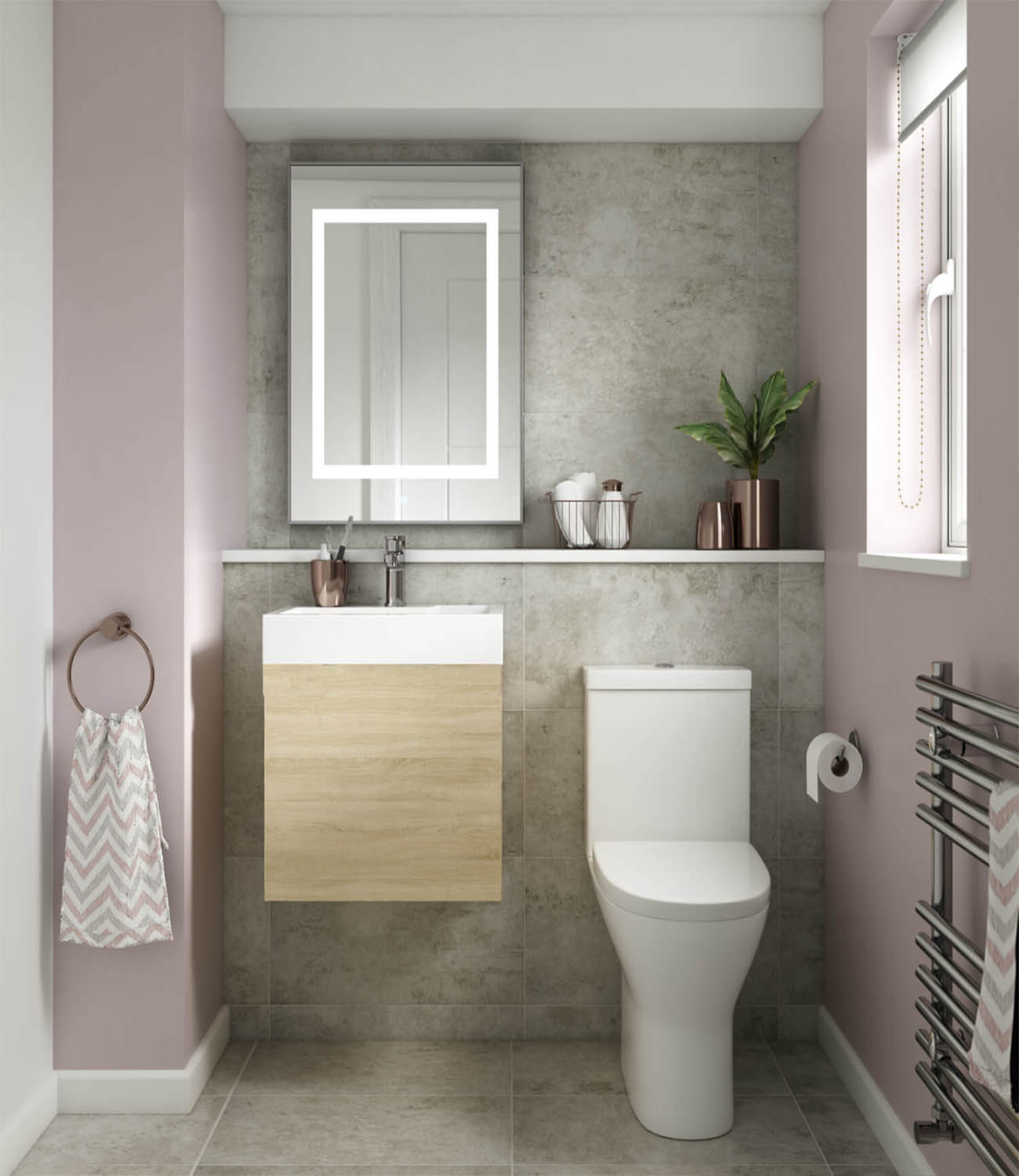
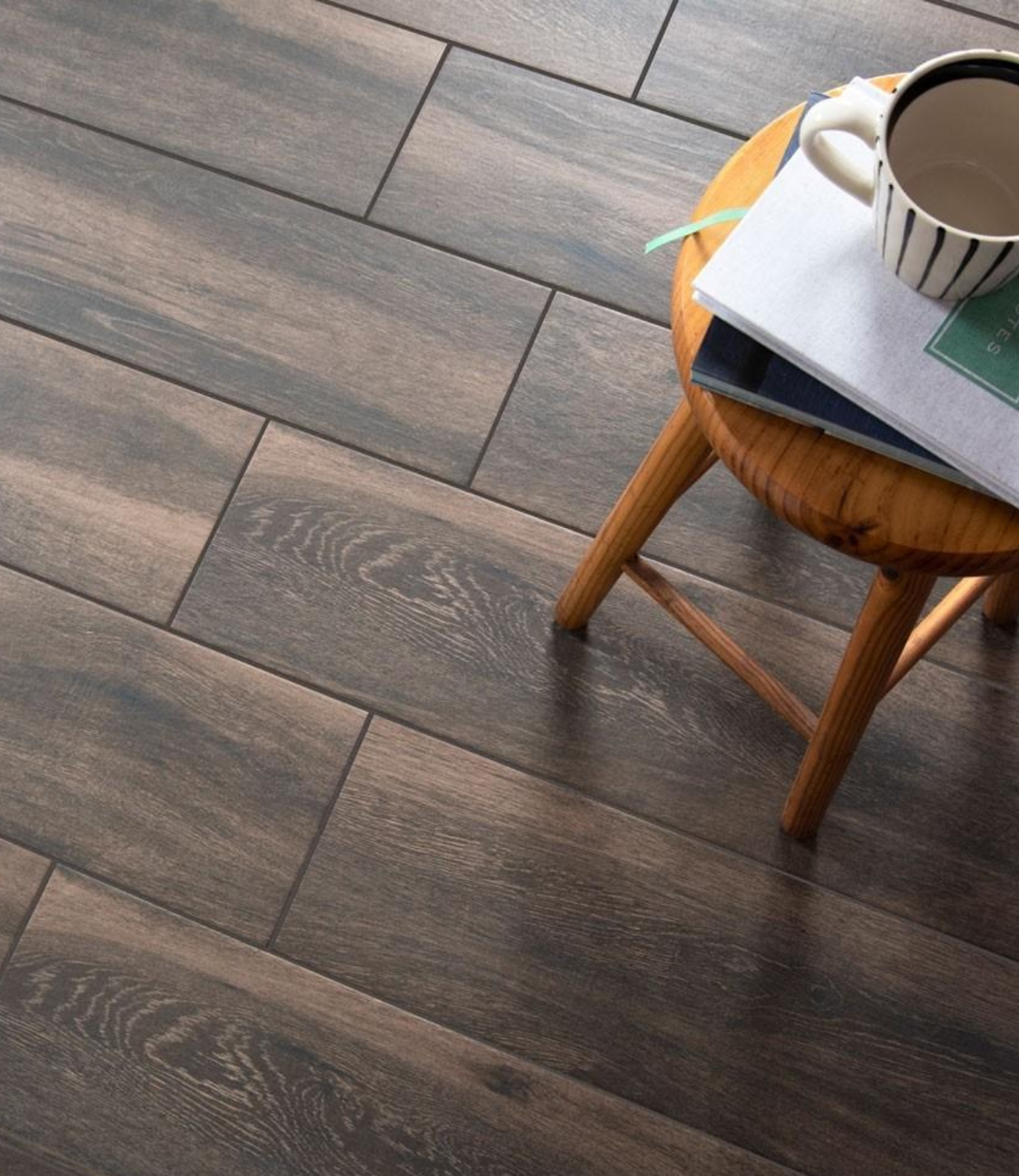
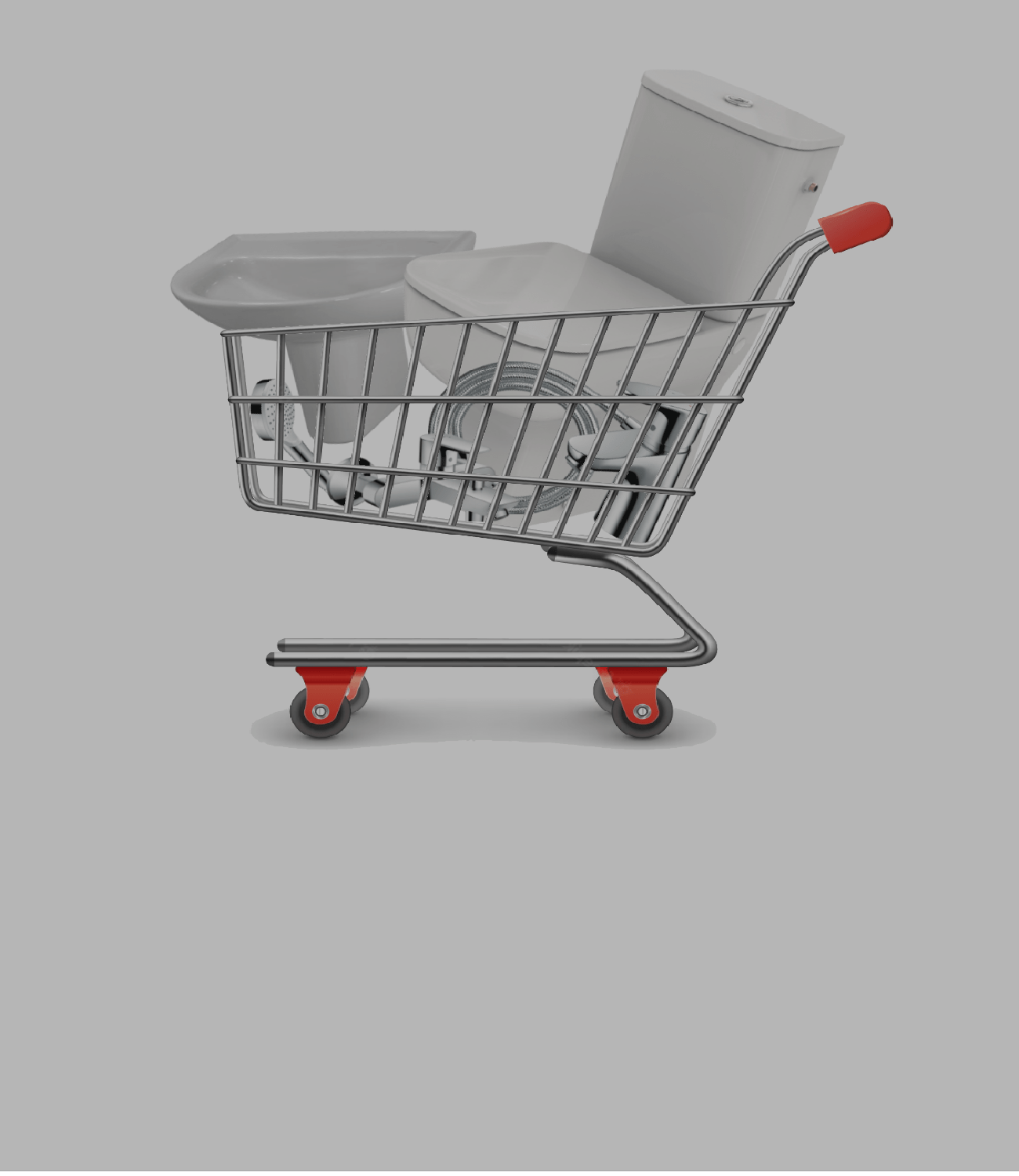
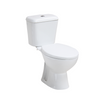
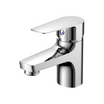


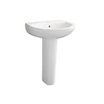


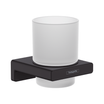
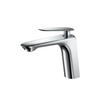
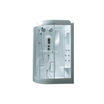
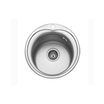

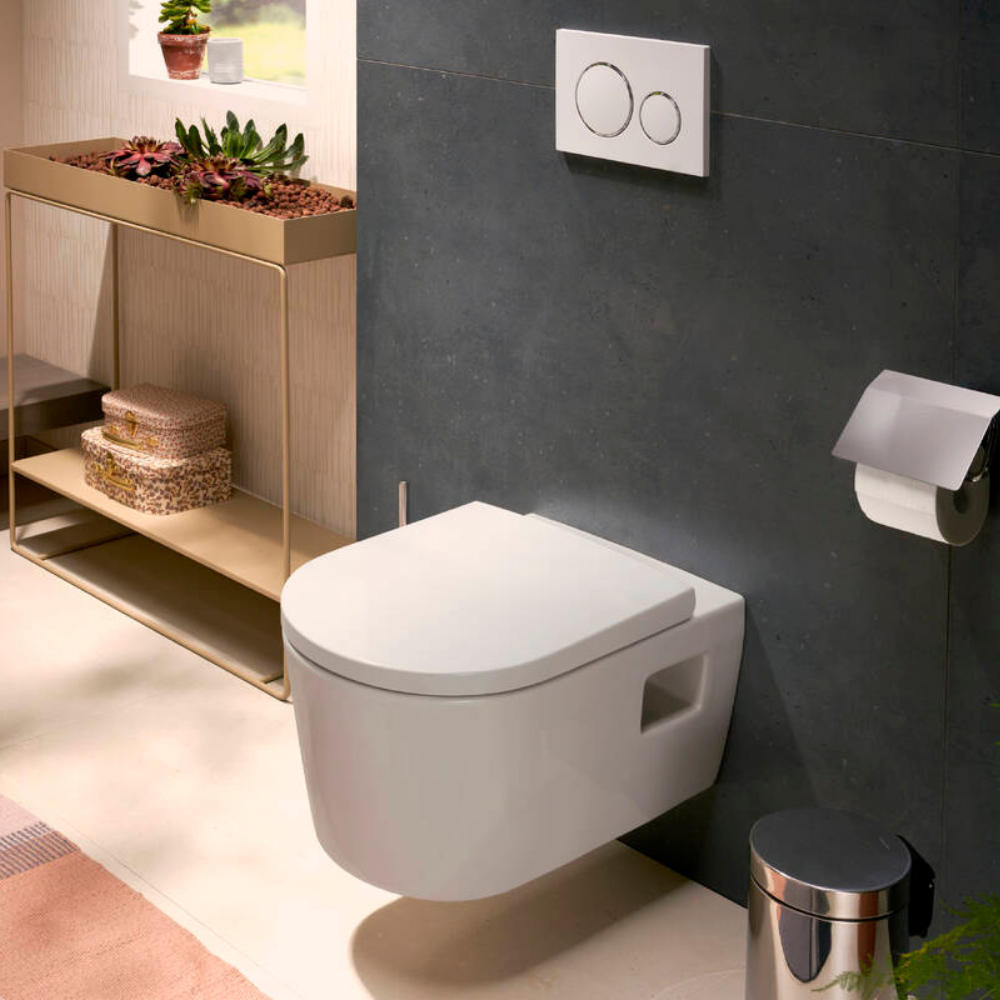
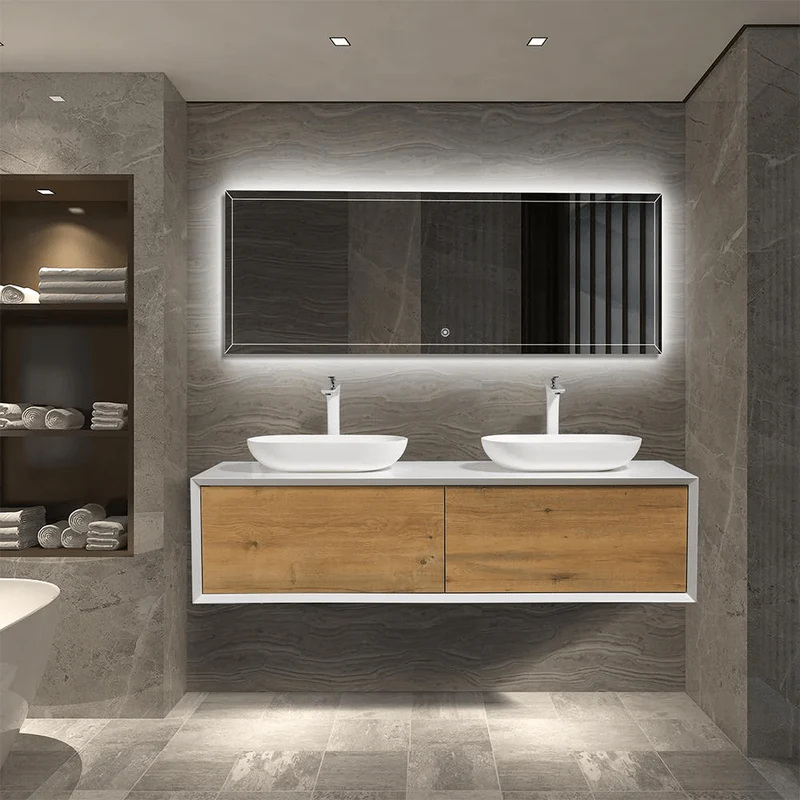

Leave a comment
This site is protected by hCaptcha and the hCaptcha Privacy Policy and Terms of Service apply.